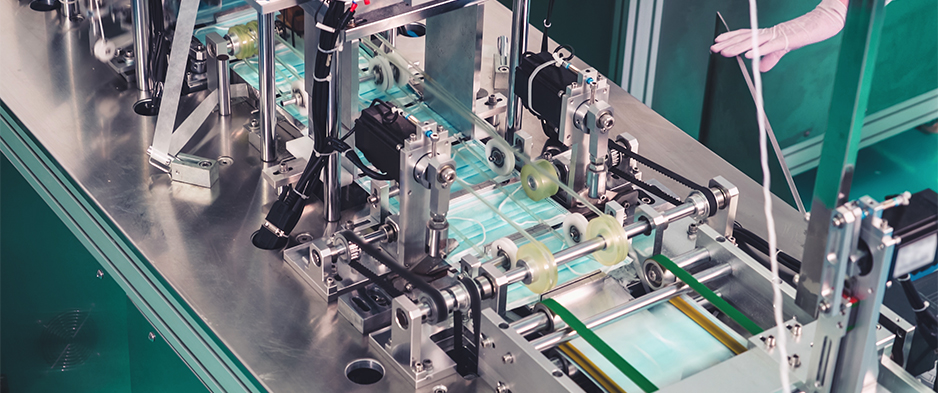After a decline in 2020, the global industrial automation market is finally showing positive signs of a recovery after COVID-19. According to researchers, during 2021 we’ll see a progressive growth that will continue in the coming years.
Effects of the COVID19 pandemic in 2020
In 2020, the closure of manufacturing plants and businesses around the world due to the COVID-19 pandemic impacted the market. The decline in demand for industrial automation solutions in the manufacturing sectors caused significant losses, especially in the first two quarters of the year.
In Italy alone, in 2020 the industrial automation market recorded a contraction of 10.9% compared to the previous year. A decline also highlighted by Fabrizio Scovenna, President of ANIE Automazione, who said that “2020 was profoundly marked by the pandemic and the lockdown”, a crisis that “has entered a deteriorating picture since the second half of 2019, with internal demand strongly weakened by a gradual slowdown in industrial investments related to the Transition Plan 4.0.”
Industrial automation market recovery in 2021
Fortunately, with the reopening of the plants and the resumption of industrial activities, in the first months of 2021 we saw the positive signs of a recovery. According to a report published by Fortune Business Insight, after reaching $ 153 billion in 2020, the global industrial automation market is expected to grow at a CAGR of 8.9% over the forecast period 2021-2026 to exceed 325. billions of dollars by 2027.
Advances in Industry 4.0 technologies have led to an increase in demand for automated solutions such as robotics in many industrial sectors. For several years now, we have been witnessing a digital transformation of manufacturing industries. Manual labor is being replaced by the increasingly widespread use of intelligent robots and automation-based systems.
Technologies such as 5G, augmented reality and simulation have created and will continue to create new opportunities on the market. Industrial automation is necessary to meet current production demand and, in particular, to ensure today’s precision and quality standards. In addition, the growing need for digital transformation in sectors such as healthcare and transportation will continue to accelerate the growth of the industrial automation market.

